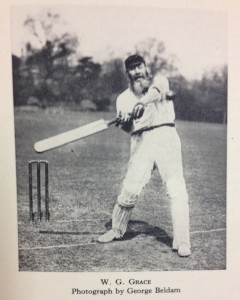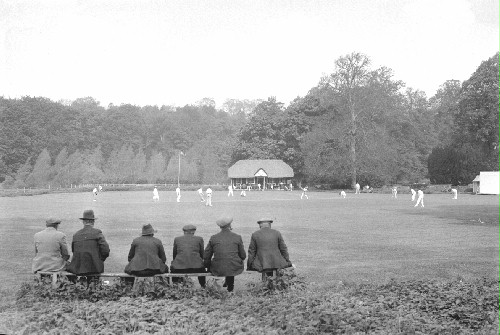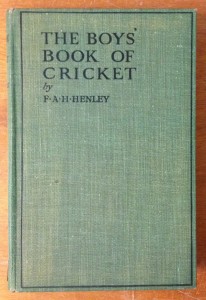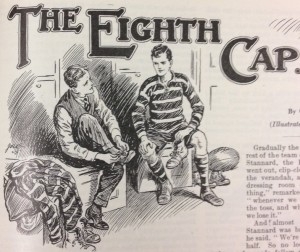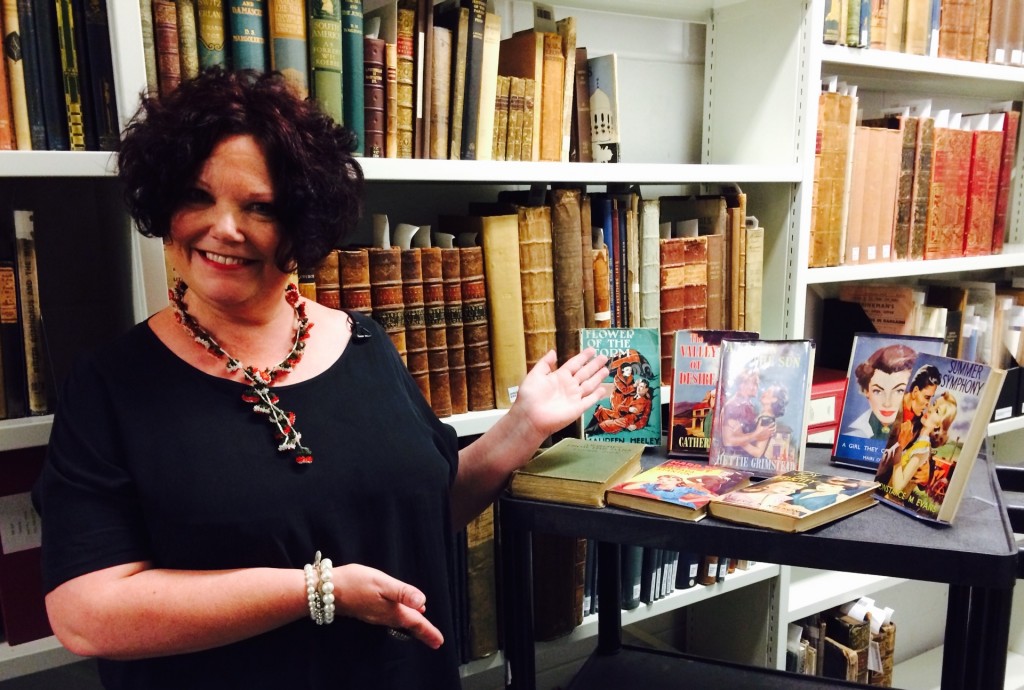This post comes from Brian Ryder, one of our volunteers here at Special Collections. Brian’s history with Reading collections is a long one; he used to be one of our project cataloguers and is now working his way through the Routledge & Kegan Paul archive.
From September 1943 until January 1945 A/C [Aircraftman] Eric Partridge was a clerk in the RAF living and working in Wantage Hall, a hall of residence requisitioned from Reading University.

Eric Partridge, lexicographer, in 1971, on a visit to Devon (photo by G88keeper, Wikimedia)
Born in 1894 in New Zealand, Eric moved with his family to Australia in 1907. In 1915 he joined the Australian army and saw active service with the Anzacs in Gallipoli and on the western front. In the 1920s he came to England and taught at a school in Lancashire and the universities of Manchester and London before abandoning teaching to become a ‘man of letters’ and owner of a publishing house with the imprint Scholartis Press. One of its early publications – with the liberal use of asterisks – was Songs and slang of the British soldier which he co-edited with John Brophy using material they had accumulated during their own war service. The publishing house foundered in the depression but by the outbreak of World War II Partridge had established a reputation as a lexicographer and etymologist only for his main publisher – George Routledge – to be taken aback when in September 1940 he enlisted in the King’s Royal Rifle Corps.
On 7 February 1941 he wrote to Cecil Franklin, managing director of Routledge, ‘I now have a commission in the Army Education Corps. … The enclosed pamphlet … concerns a subject dear to me; and it is needed. … If you’ll publish it before the end of March [it will] enable me to realize something on it in the [royalties] cheque you send me in May, for I badly need the money.’ To which Franklin replied, ‘I have read your pamphlet, ‘The teaching of English in His Majesty’s forces’, but I am very sorry that we cannot undertake its publication. We … cannot afford, at the present moment, to put money into … a pamphlet which is bound to be a failure.’
On 23 April 1941 Franklin felt obliged to write to Partridge again about his pamphlet: ‘May I congratulate you on The teaching of English in H.M forces? I presume you saw the leading article in The Times yesterday; and I understand there is an article on it in The Telegraph today. It is quite possible that we may get requests for copies.’ Indeed they did, for a couple of months’ later Routledge’s sales director was writing to Partridge to admit that ‘hardly a day goes by without an enquiry for your [pamphlet]. Have you any spare copies at all?’
This incident made no difference to the intransigence shown by Routledge in responding to Partridge’s suggestions for new books or for the reprinting of his back-list; all were declined, mainly on the grounds that they only had paper – which was rationed – for books they considered more important to the war effort. Almost every one of Partridge’s letters for the rest of the war protested his financial difficulties.

A letter from Partridge to his publishers asking that a new edition of his Dictionary of Cliches be issued
Partridge became a civilian again in January 1942, his reasons for this given to his publisher being health (he had recently told them of an operation for piles) and domestic. But on 31 August of that year he wrote to Franklin to say, ‘Are you perhaps forgetting that I must work for a living? Your rejection of my ideas renders it probable that, in three, or even two weeks’ time I shall be obliged to re-enlist in the Army (as a private) or to enlist in the RAF (ditto).’ War Office bureaucracy ensured that it took until December 1942 for him to be found in the RAF as a clerk, general duties.
During his later service when at Wantage Hall, Reading he would have been well-placed in any free time he had during the working week to check on Routledge’s claims to be unable to obtain paper for his works because the Paper Control Office of the Ministry of Supply was located in the Great Western Hotel near Reading railway station; however, his letters to Routledge contain no mention of his having done so. On leaving Reading, Partridge was to be found working in a Public Relations Office at the Air Ministry in Whitehall where he remained until demob in July 1945.
What good came from Partridge’s time in the forces? What made him enlist? Just one brief sentence in a letter to Routledge may give a clue – ‘My ears are open for R.A.F. slang and colloquialisms.’ In 1948 Secker & Warburg published A dictionary of Forces’ slang 1939-1945, edited, and the air force slang contributed by, Eric Partridge.
The University of Reading’s collections hold a great deal of Partridge’s correspondence. For more information, please see our catalogue or our records of British printing and publishing firms.













